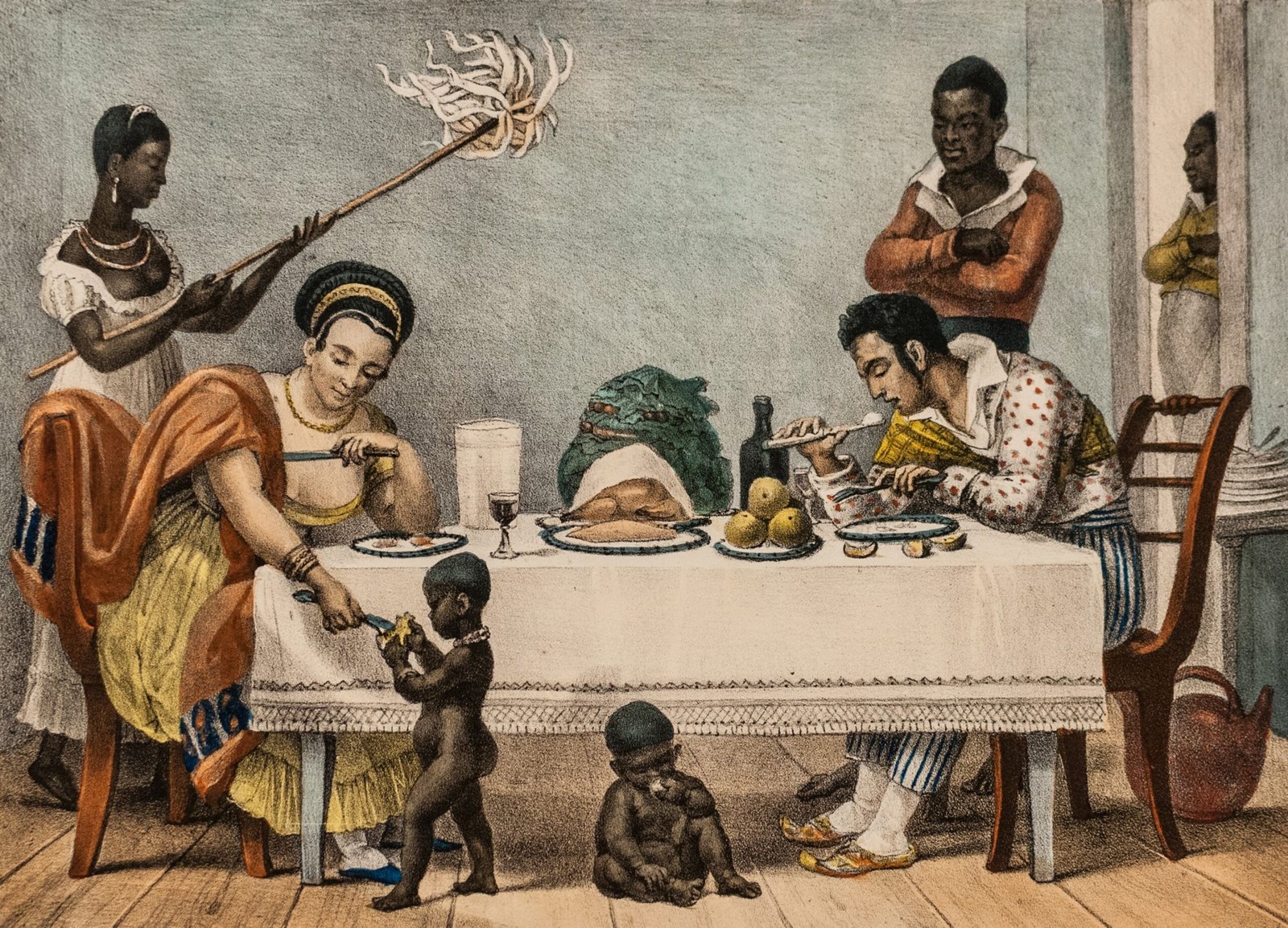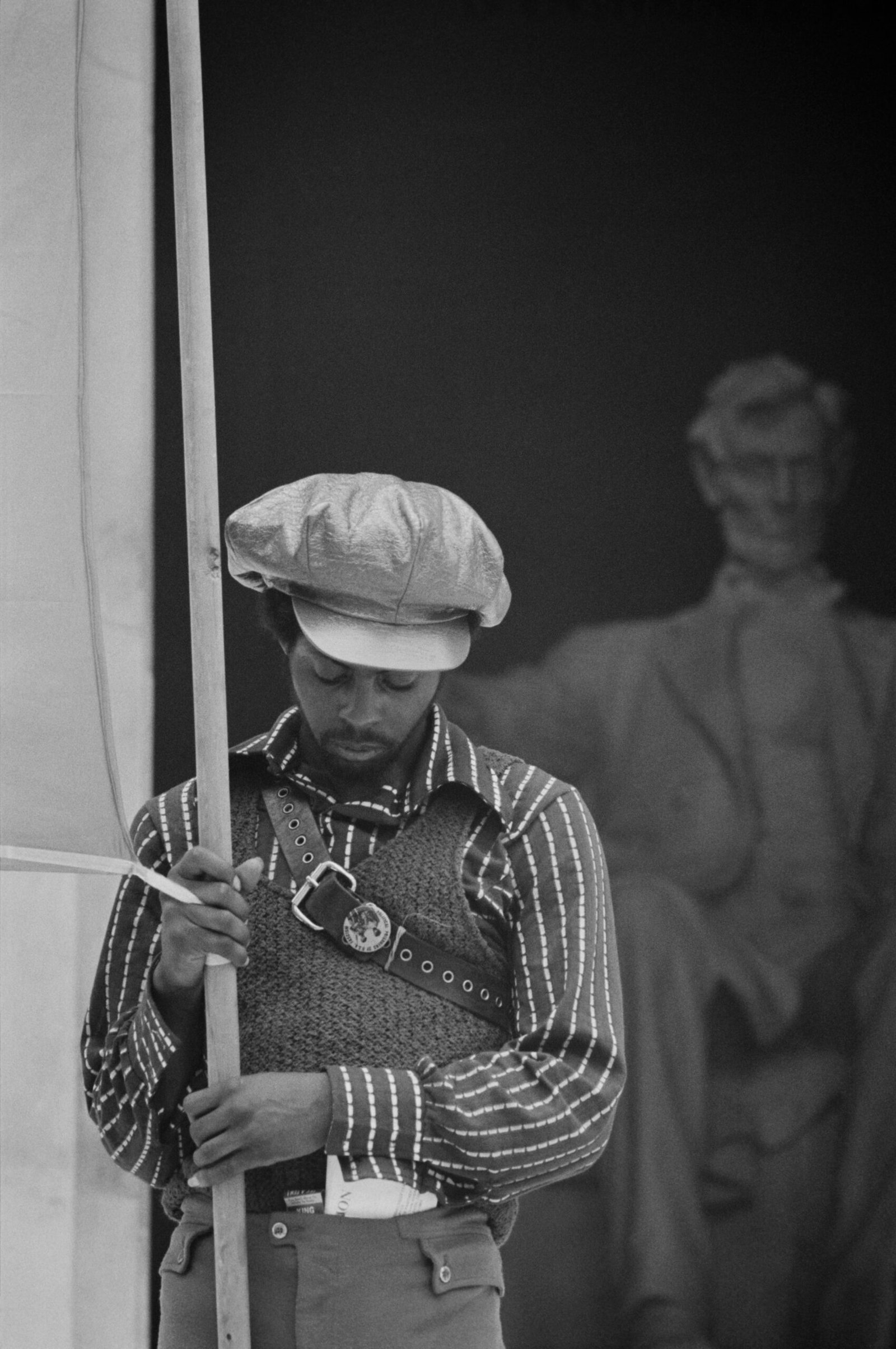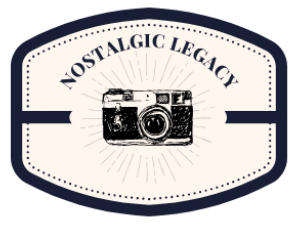Met Gala Honors Black Dandy Style
This spring, the Met Gala set the stage ablaze, bringing Black dandyism to the forefront of the fashion world. Celebrity co-chairs like Colman Domingo and Pharrell Williams dazzled in tailored suits, echoing a legacy that stretches back centuries. The Costume Institute’s “Superfine: Tailoring Black Style” exhibition electrified the conversation, spotlighting how bold Black fashion has always been more than just style—it’s survival, pride, and protest stitched into every seam. As Vogue’s Anna Wintour described, fashion for icons like André Leon Talley was both autobiography and fantasy. This moment at the Met was more than glamour; it was a vibrant assertion of Black identity in the face of history.
Fashion as Defiance Through History

The roots of Black dandyism are tangled with struggle and transformation. Enslaved Africans were stripped of their own clothes and forced into sameness, yet resistance began with a button or ribbon sewn for individuality. The story of William and Ellen Craft’s daring escape from slavery in 1848—using dandyish disguises—shows how fashion became a literal tool for freedom. Tailored style was not only about looking sharp but about refusing to be invisible. When Black communities migrated north after slavery ended, fashion became a language of hope and healing, especially in places like Harlem.
The Zoot Suit and Harlem’s Bold Spirit

Nothing said “I am here” like the zoot suit in the 1930s Harlem dance halls. Wide shoulders, billowing pants, and oversized hats filled the room with confidence. Icons like Cab Calloway and Malcolm X made sure their suits shouted for space and respect. Even when violence erupted—like the Zoot Suit Riots in Los Angeles—this look stood as a declaration that Black style could not be erased. The zoot suit wasn’t just fabric; it was freedom moving to the rhythm of jazz and protest.
Modern Designers Rewrite the Narrative
Today’s Black designers, such as Foday Dumbuya, channel heritage and migration stories into every garment. Dumbuya’s label Labrum prints immigration documents onto silk, turning clothing into living history. For these artists, fashion isn’t just about trends—it’s about rewriting the narrative, challenging negative stereotypes, and celebrating origins. Tyler Mitchell’s 2025 photo essay captures this new generation of dandies, blending influences from Sierra Leone to London to Brooklyn. Modern Black fashion keeps evolving, riffing off the past while inventing fresh ways to stand up and stand out.
Style as Pride and Emotional Power
For many, getting dressed is an emotional act—an armor and a celebration. Frederick Douglass’s 1885 portrait in a crisp suit, Muhammad Ali’s sharp looks in and out of the ring, André Leon Talley’s swooshing capes: these are more than fashion moments. They are declarations of dignity, stories told in silk and wool. As curator Monica Miller puts it, “how you dress can contain a lot of emotion.” Black fashion is a living, breathing statement of self-respect and unstoppable pride.

